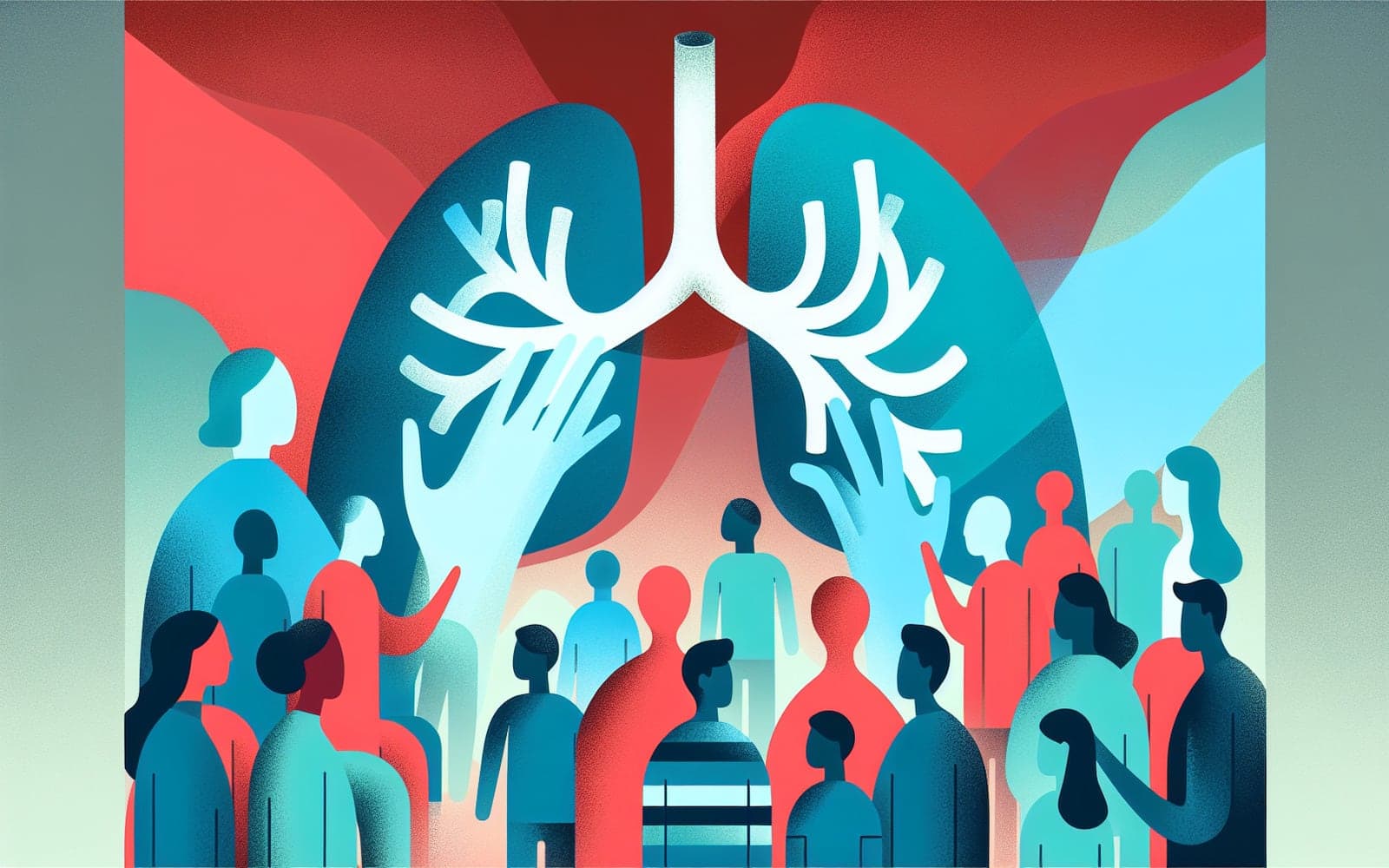What is Community-Acquired Pneumonia and Why Should You Care?
Published: Sep 20, 2023
Community-acquired pneumonia (CAP) is a common but potentially serious lung infection you can get outside of hospitals. Understanding CAP is crucial for recognizing symptoms and seeking timely treatment.
Contents
What Causes CAP?
CAP is typically caused by bacteria like Streptococcus pneumoniae, but viruses and other germs can also be culprits. These pathogens infect your lungs after being breathed in from the air around you. Think of your lungs as a sponge - when infected, they can fill with fluid, making it harder to breathe.
Who's at Risk?
While anyone can get CAP, certain groups are more vulnerable. These include older adults, smokers, and people with weakened immune systems or chronic diseases. If you fall into one of these categories, it's like having a 'Welcome' sign for pneumonia-causing germs.

Recognizing the Signs
CAP often starts like a bad cold, but can quickly worsen. Common symptoms include cough, fever, shortness of breath, and chest pain. Imagine trying to breathe through a wet cloth - that's how CAP can feel. If you experience these symptoms, especially if they're severe or persistent, it's time to see a doctor.
Frequently Asked Questions
Some forms can be, especially if caused by viruses.
Most people improve within a week, but full recovery can take weeks.
Vaccines and good hygiene can help reduce your risk.
Walking pneumonia is a milder form of CAP.
Key Takeaways
Understanding CAP empowers you to recognize its signs and seek prompt treatment, potentially avoiding serious complications.
Worried you might have CAP? Don't hesitate to consult with Doctronic, your AI health companion, for personalized advice and next steps.Related Articles
References
File TM. Community-acquired pneumonia. Lancet 2003; 362:1991.
Wunderink RG, Waterer GW. Clinical practice. Community-acquired pneumonia. N Engl J Med 2014; 370:543.
Always discuss health information with your healthcare provider.